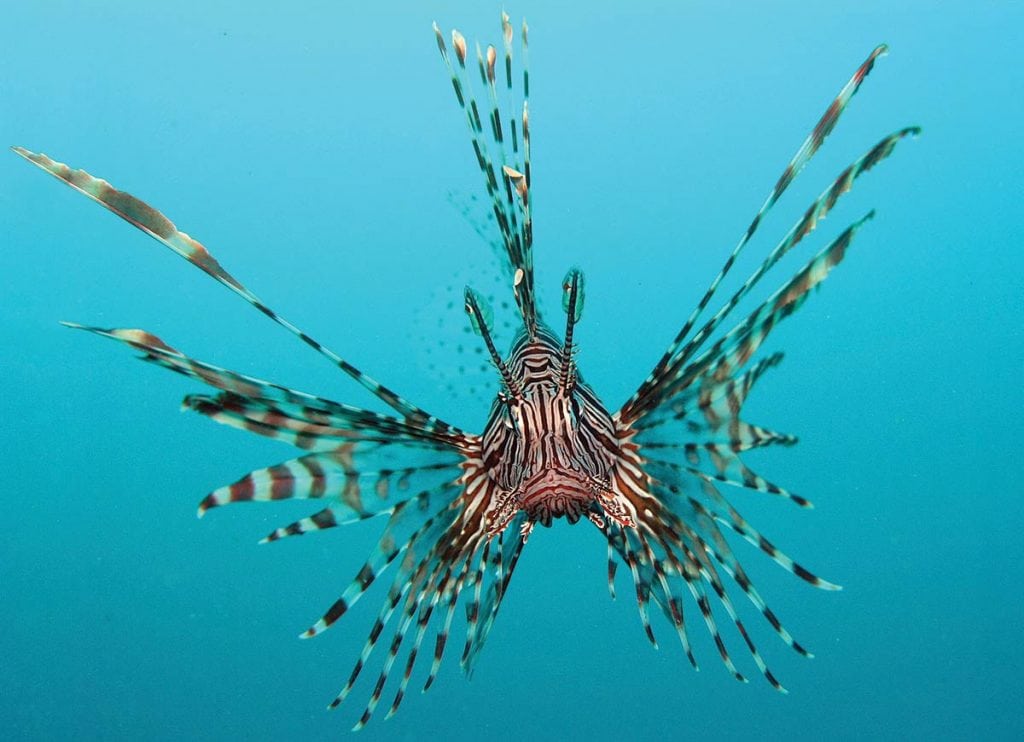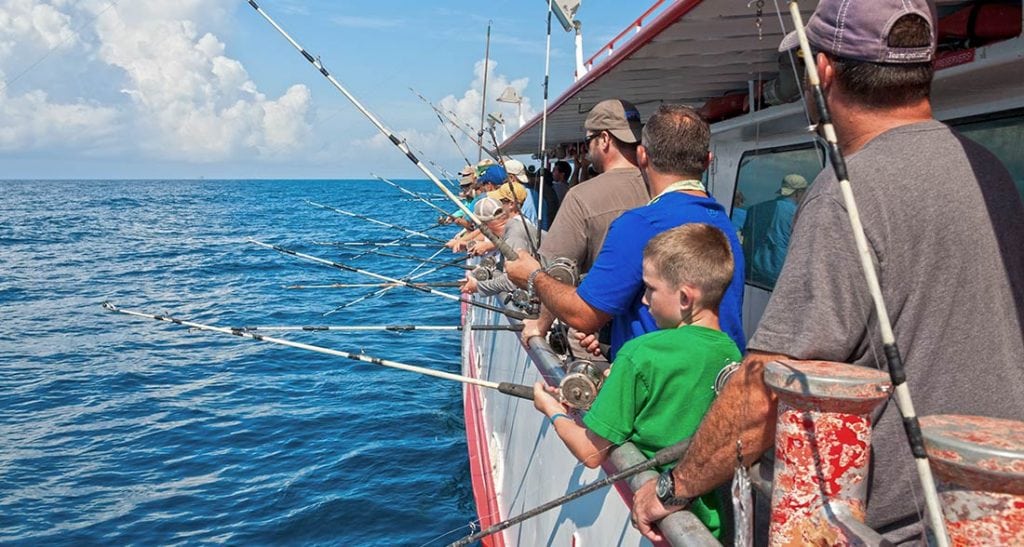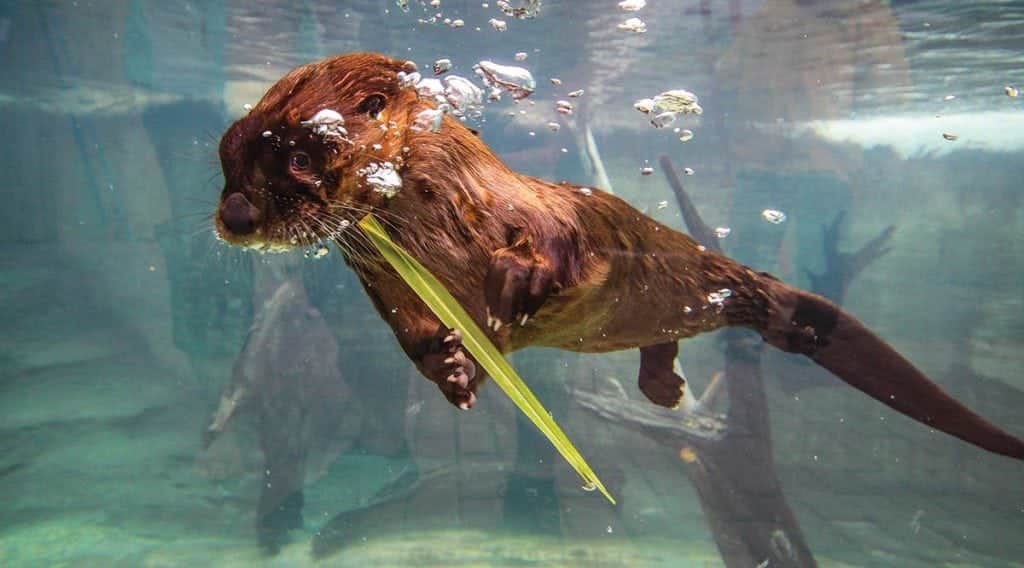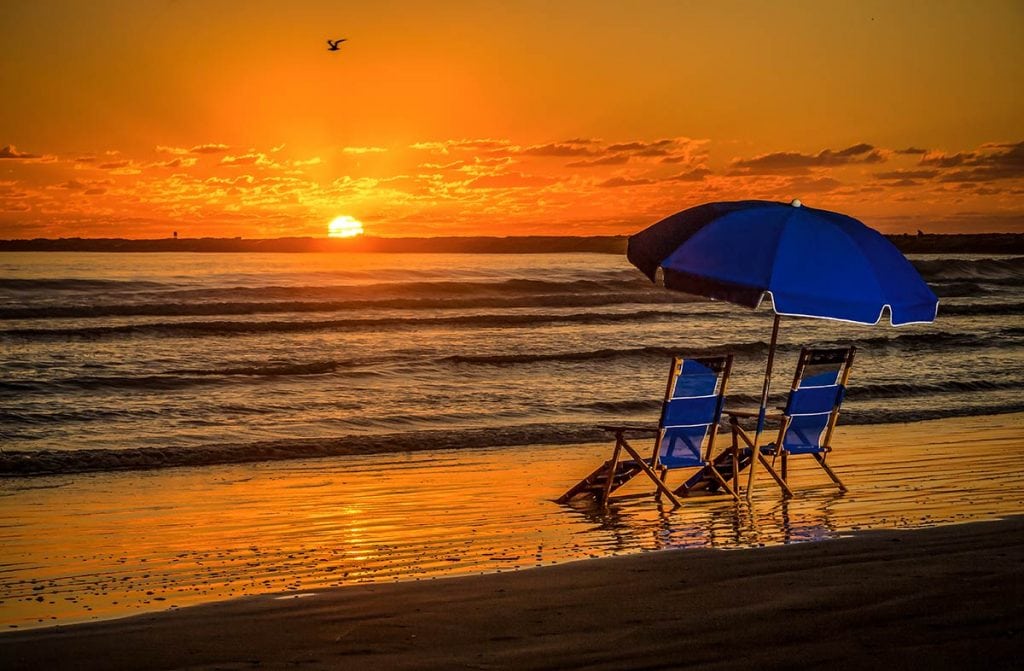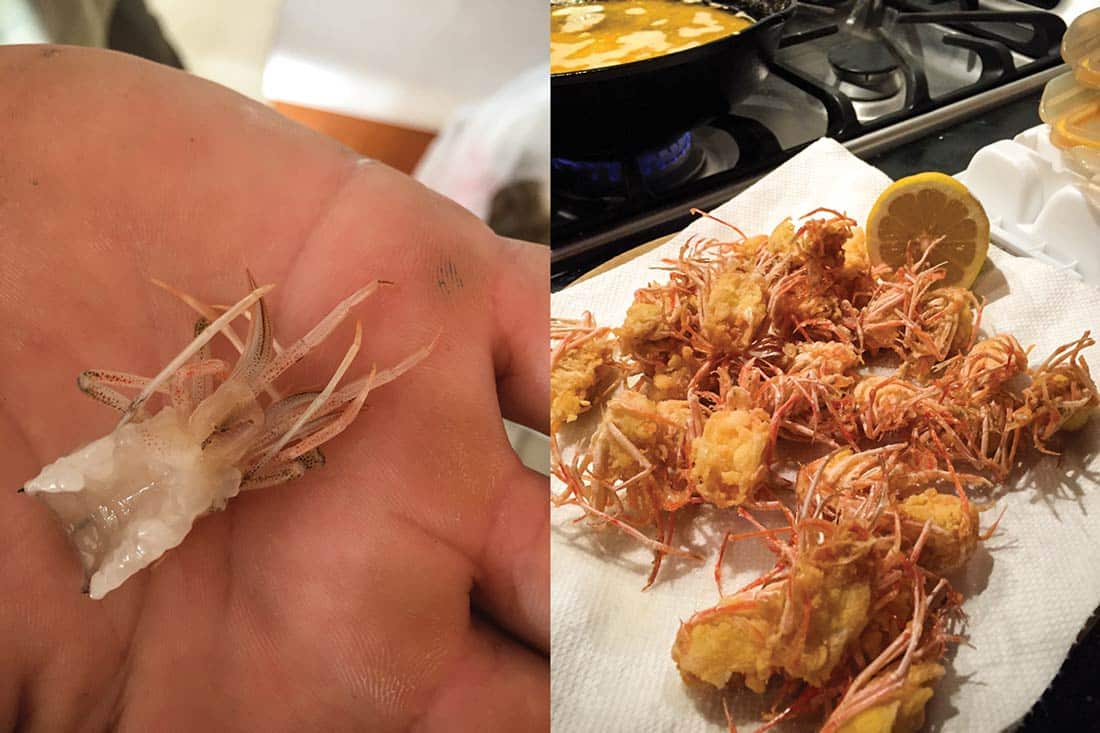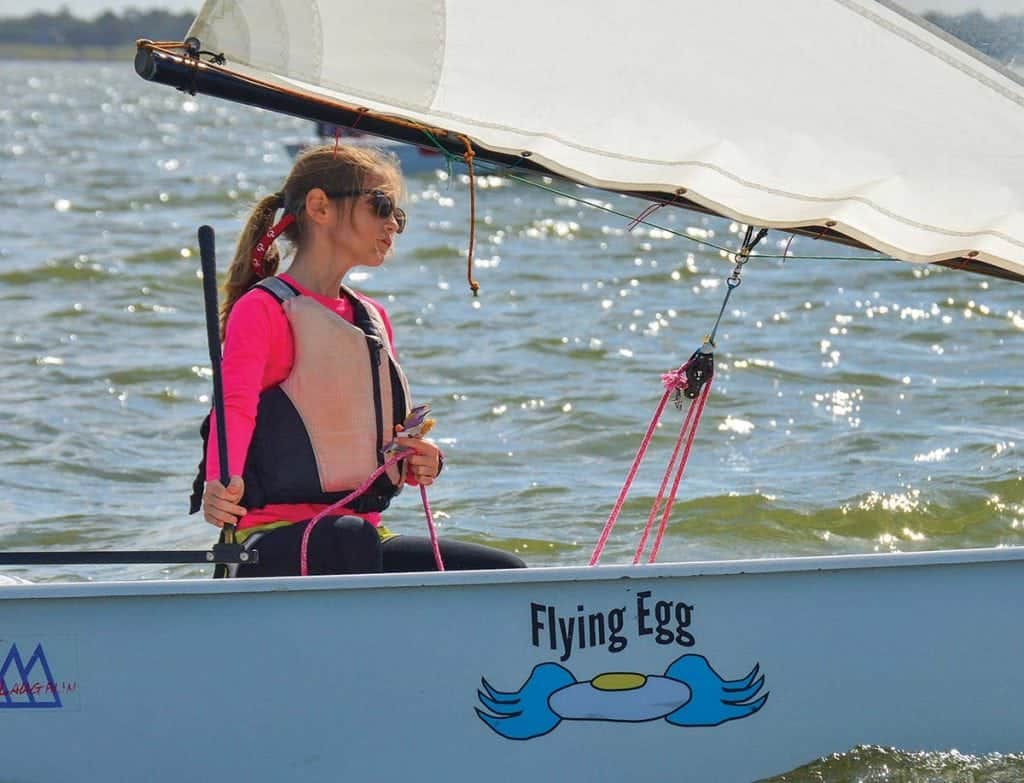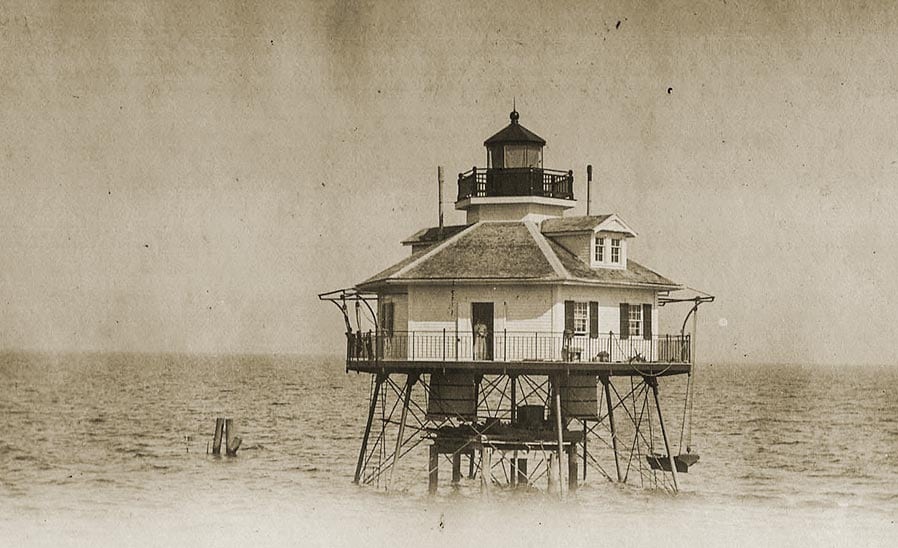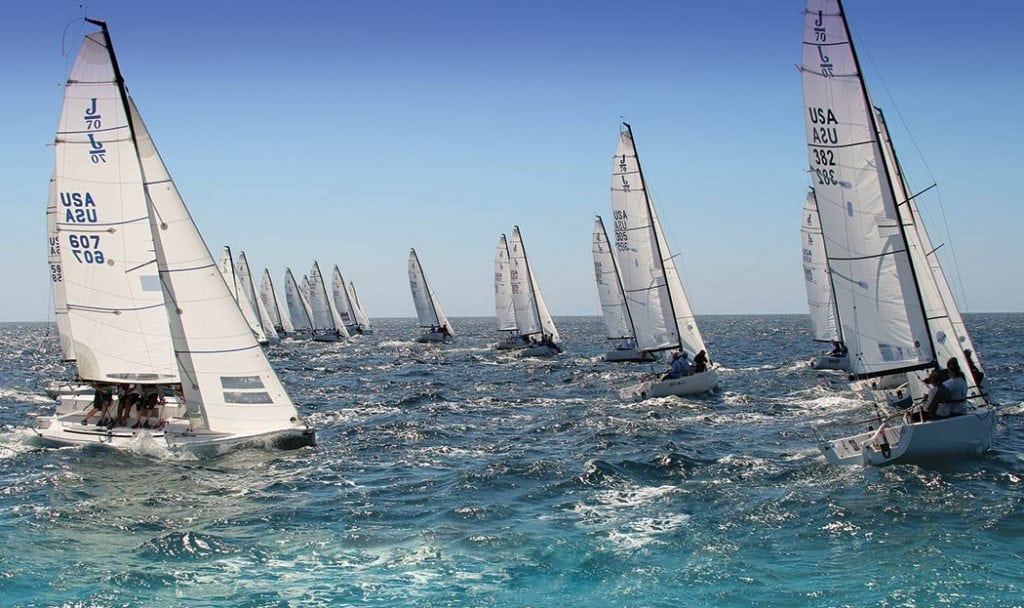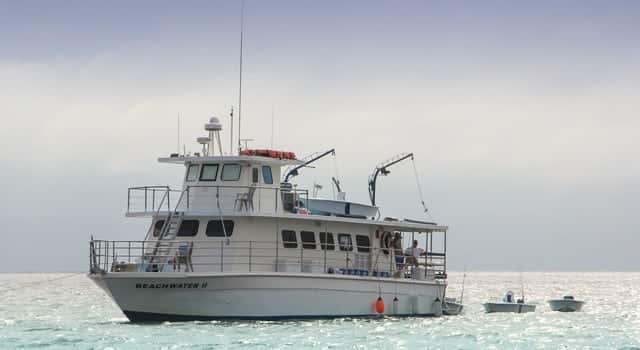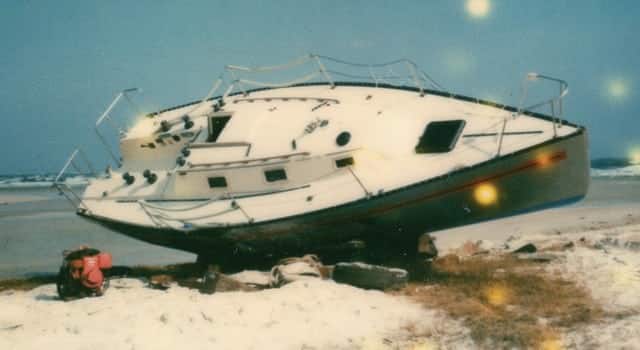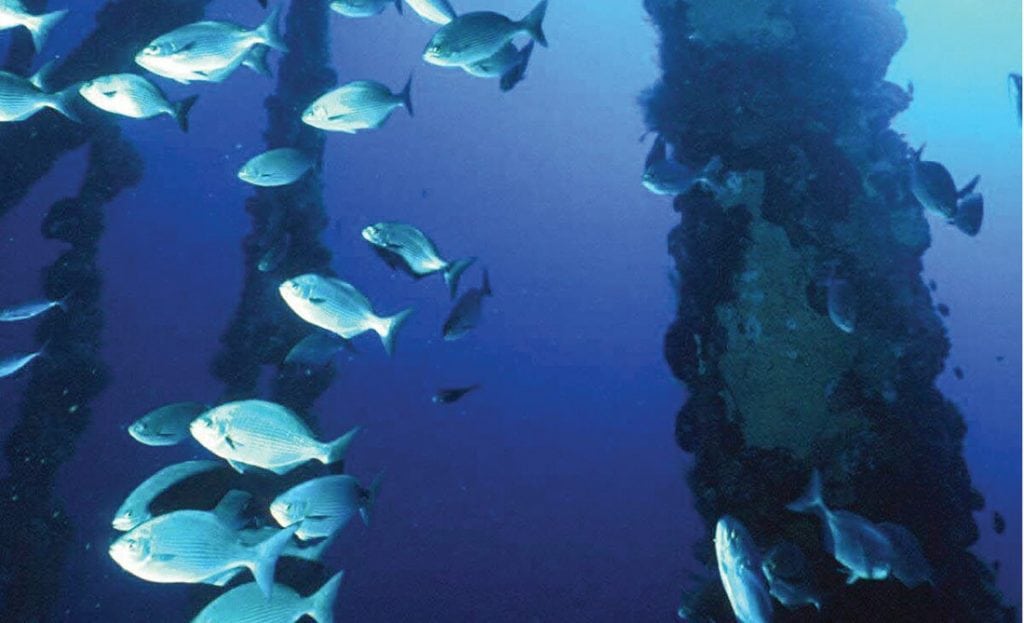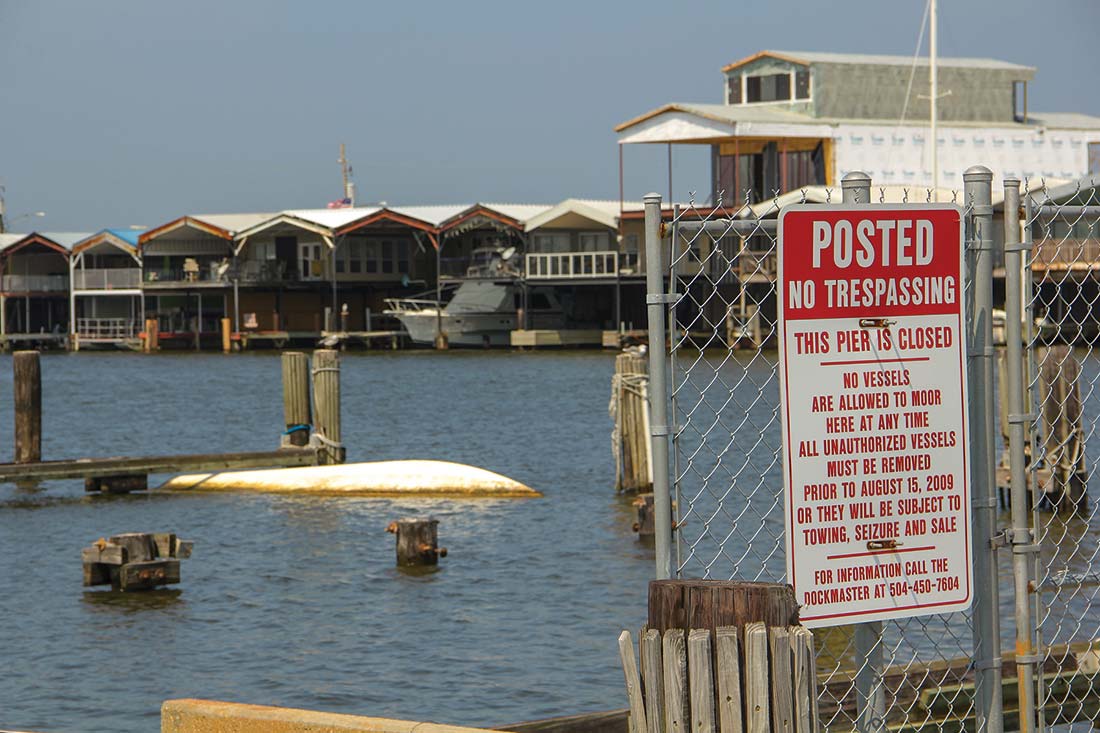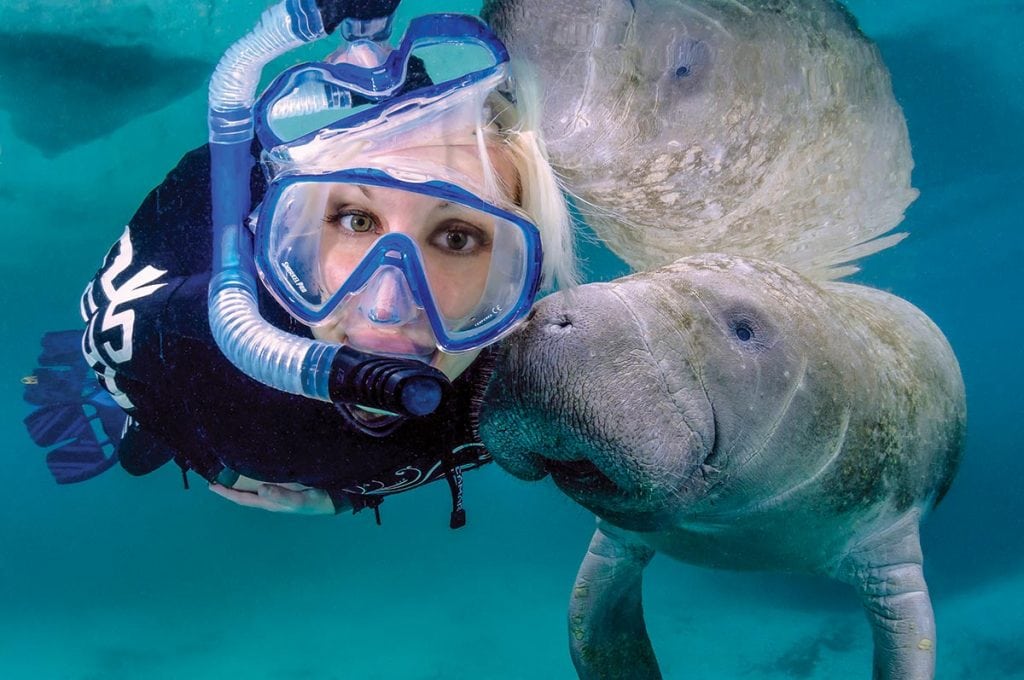U.S. Gulf
Warmer waters make for cooler cruising. Southern Boating publishes a U.S. Gulf Coast Regional Report each month to make your Gulf Coast cruising a success. Chock-full of information for everywhere from the panhandle of Florida to the tip of Texas—Southern Boating gives you the lowdown on all events, happenings, marinas, destinations, and more!
Threat From Invasive Species Grows
The lion might be the greatly awed and admired king of the jungle, but the lionfish is quickly becoming the...
Read moreDetailsGroup fights back against barge terminal.
A group of recreational boaters and anglers in South Texas are up in arms over the Army Corps of Engineers’...
Read moreDetailsCritters take center stage
Learn all about otters at a recently opened exhibit, Otters & Their Water, at Mote Marine Laboratory and Aquarium in...
Read moreDetailsSalty Grounds – South Padre Island
South Padre Island and Port Isabel—where the fish and seafood are plenty and seasoning is most likely unnecessary Perhaps the...
Read moreDetailsGourmet food scraps
The Cajuns of South Louisiana are known for their interest in spicy food and exotic flavors, but fishermen all along...
Read moreDetailsFostering seamanship with Sea Scouts
It’s never too early to start discussing summer camp options with the kids. Luckily, on the Gulf Coast a great...
Read moreDetailsThe gift of giving
As boaters, we love our waterways in Texas and Louisiana—they’re our stomping grounds. Whether our boats take us to a...
Read moreDetailsHistoric navigational landmarks
Even with the advent of GPS, boaters familiar with their home waters still use landmarks to guide them to their...
Read moreDetailsMark your 2016 cruising calendar with these regattas for a year’s worth of fun.
With boating season warming up on the Texas Gulf Coast, thoughts are turning to cruising destinations with white sandy beaches...
Read moreDetailsCatch an air show from the comfort of your own boat.
Deep in the heart of winter on the Gulf Coast, boaters already begin to plan their upcoming on-the-water adventures. New...
Read moreDetailsMotherships Expeditions
Dean Gladney has been running his 65-foot custom charter boat Beachwater II south into the Mississippi Sound from Biloxi for...
Read moreDetailsThe Last Lightship
There has been a run of deadly accidents and weather events during regattas on all of the United States’ coasts...
Read moreDetailsRigs-to-Reefs
By some estimates there are more than 450 decommissioned oil and gas platforms offshore of Louisiana and Texas in the...
Read moreDetailsKatrina 10 years later
“I’ve got ¾-inch nylon lines that I use for storms, and the boat gets so much pressure on it with...
Read moreDetailsCrystal River, FL
Mermaid Fable in Crystal River Swim with the gentle giants once mistaken for fishtailed maidens, and discover the Florida spot...
Read moreDetails
